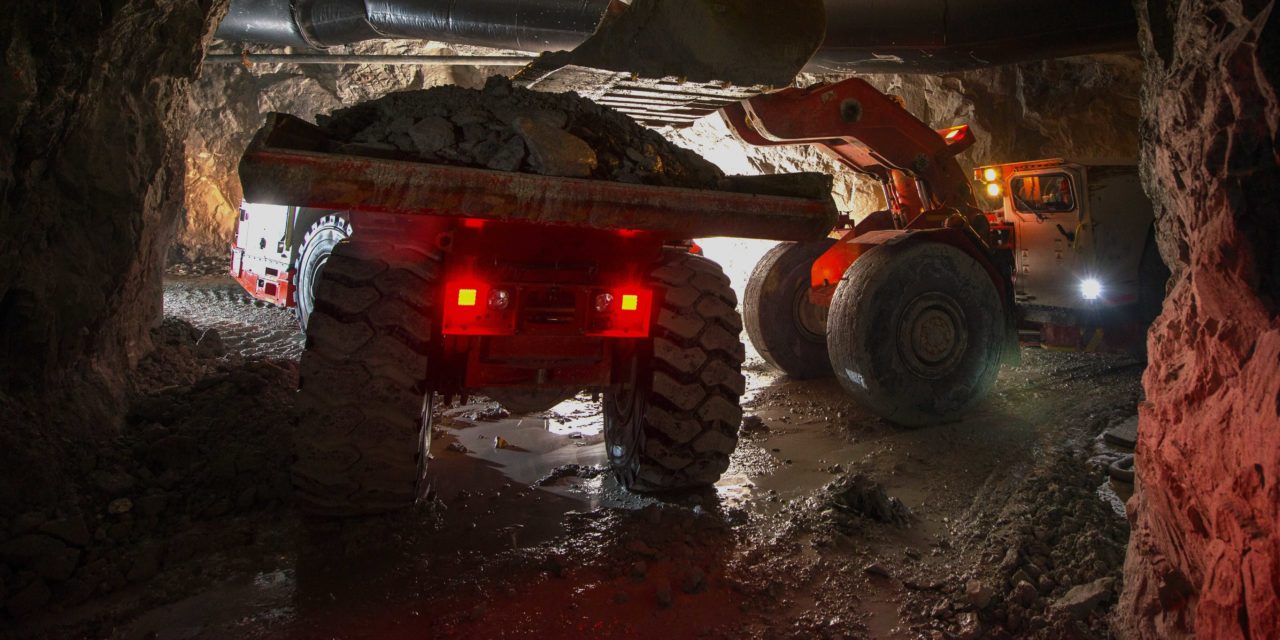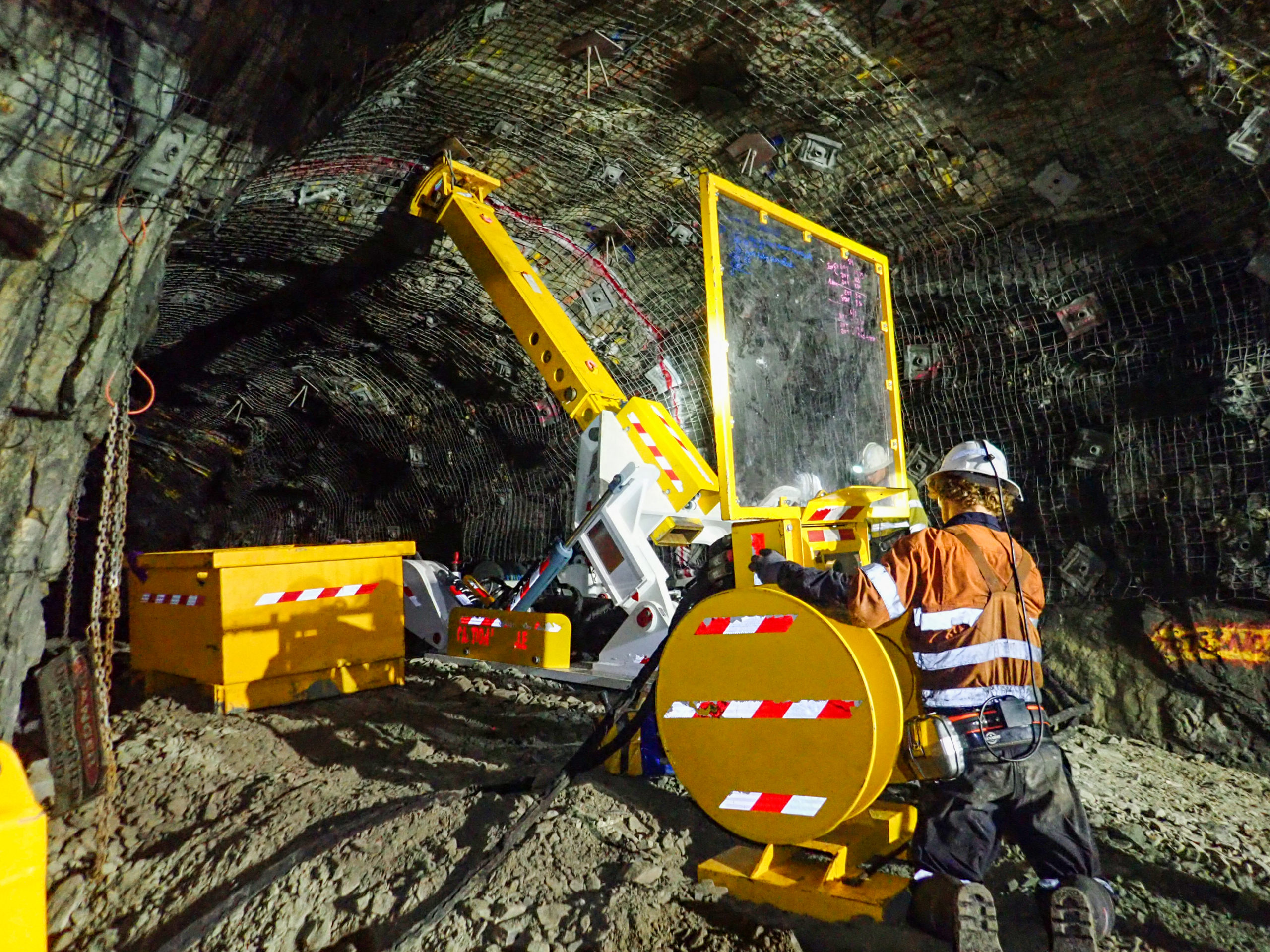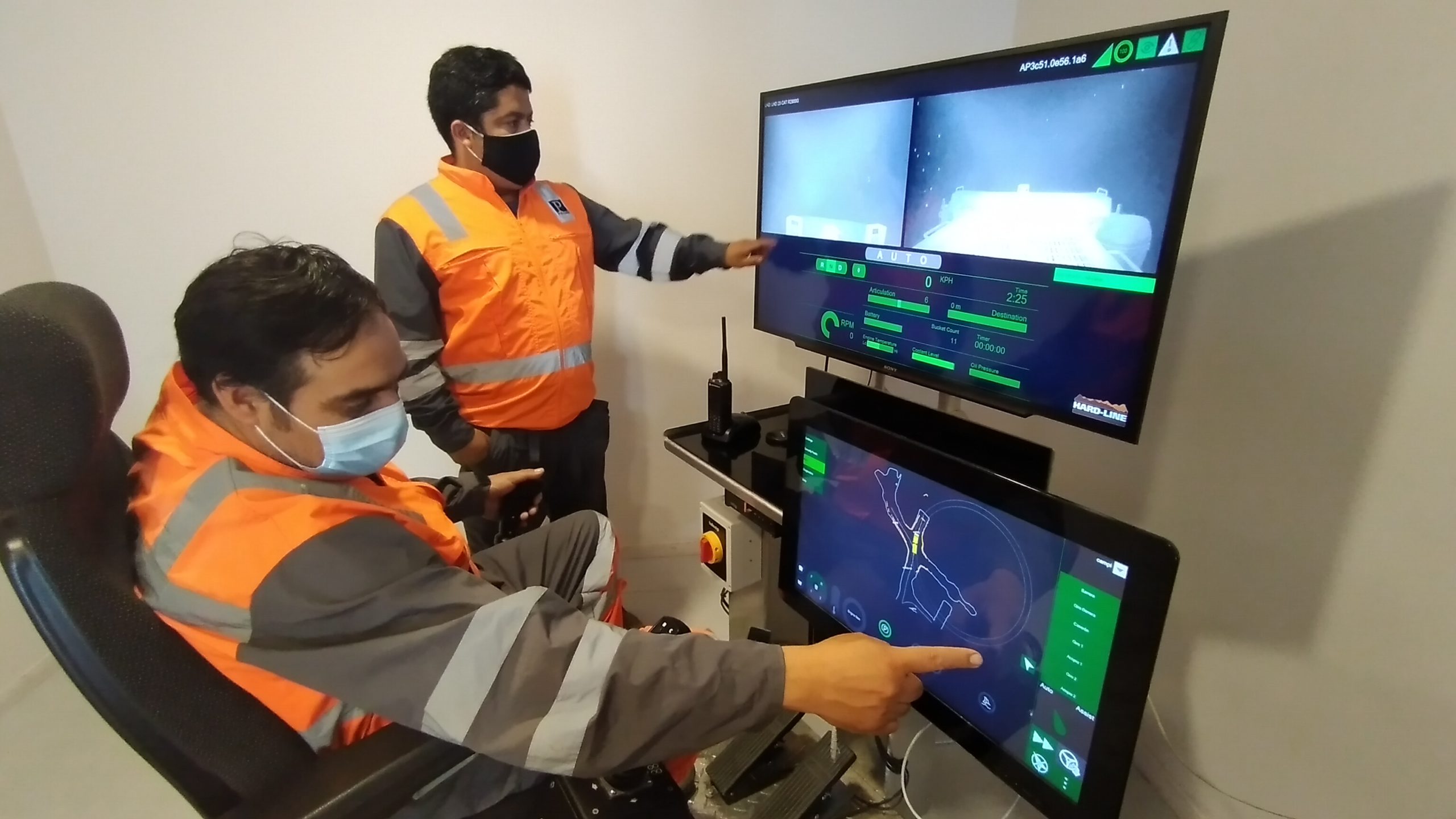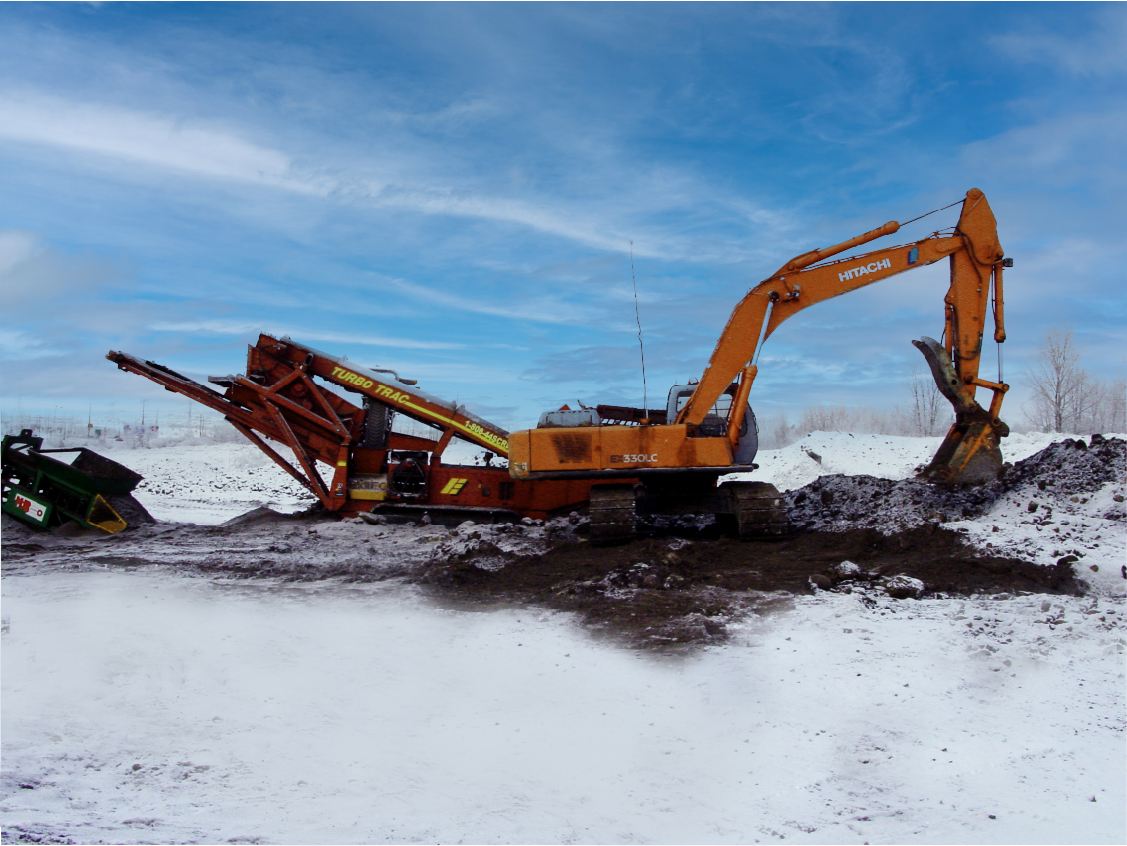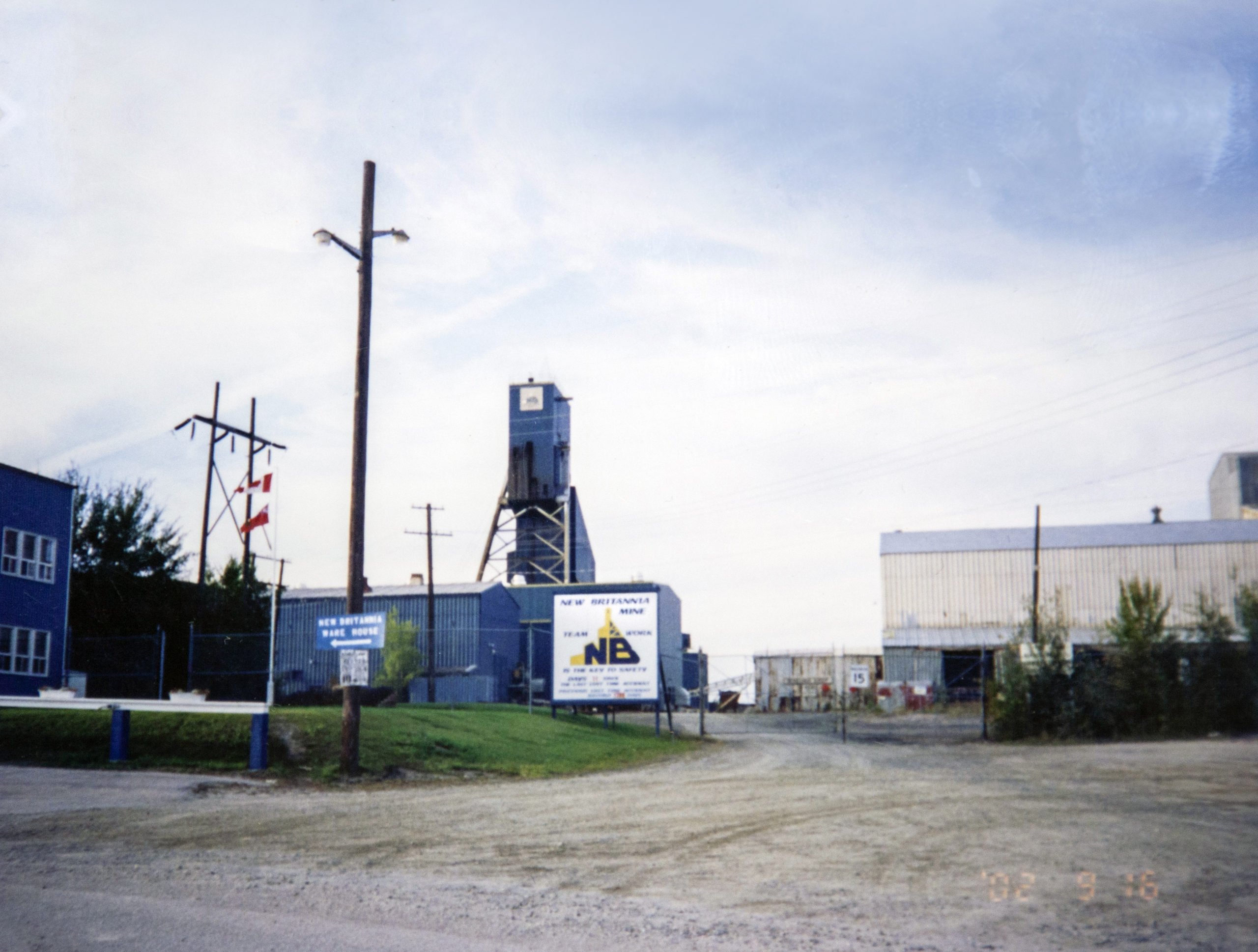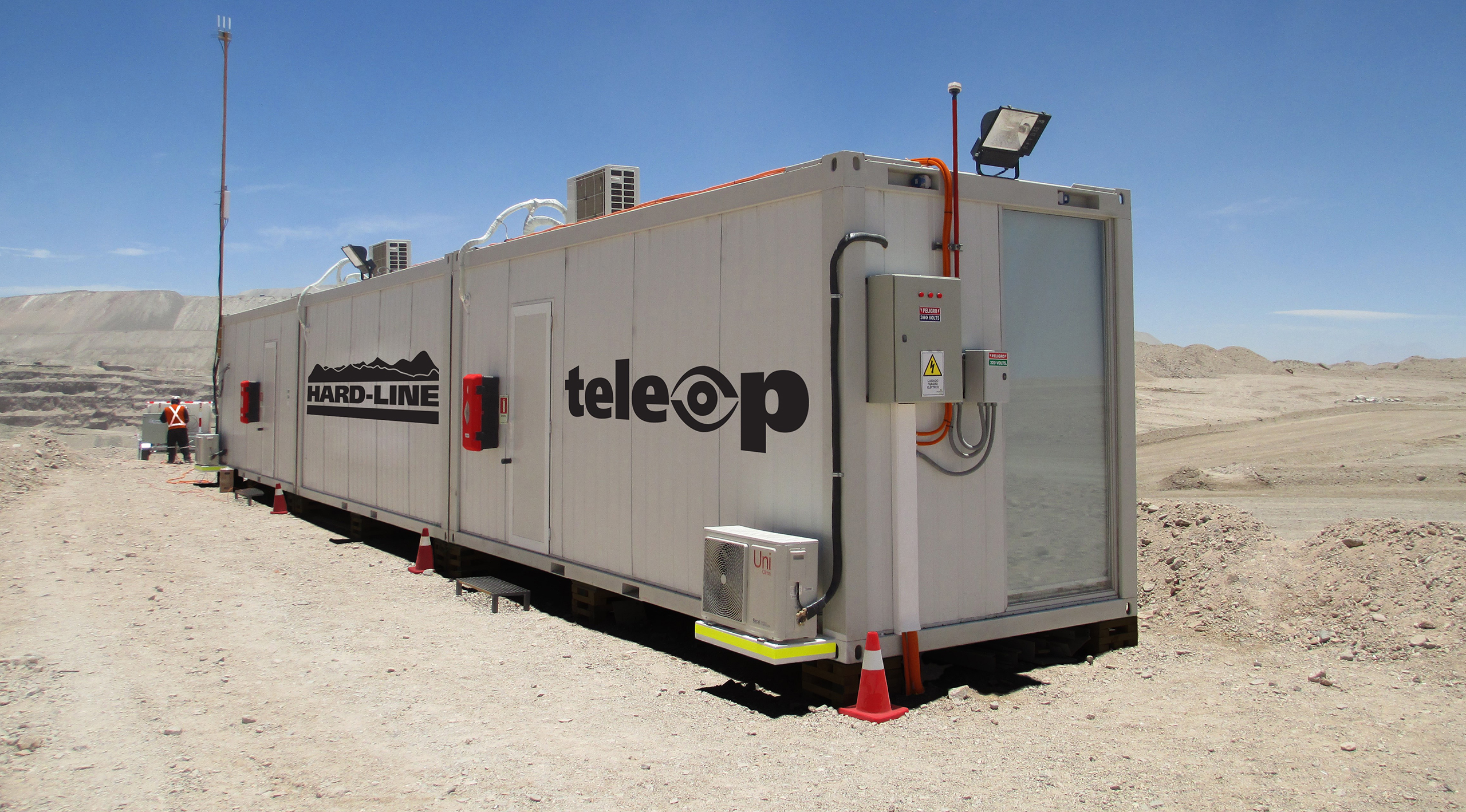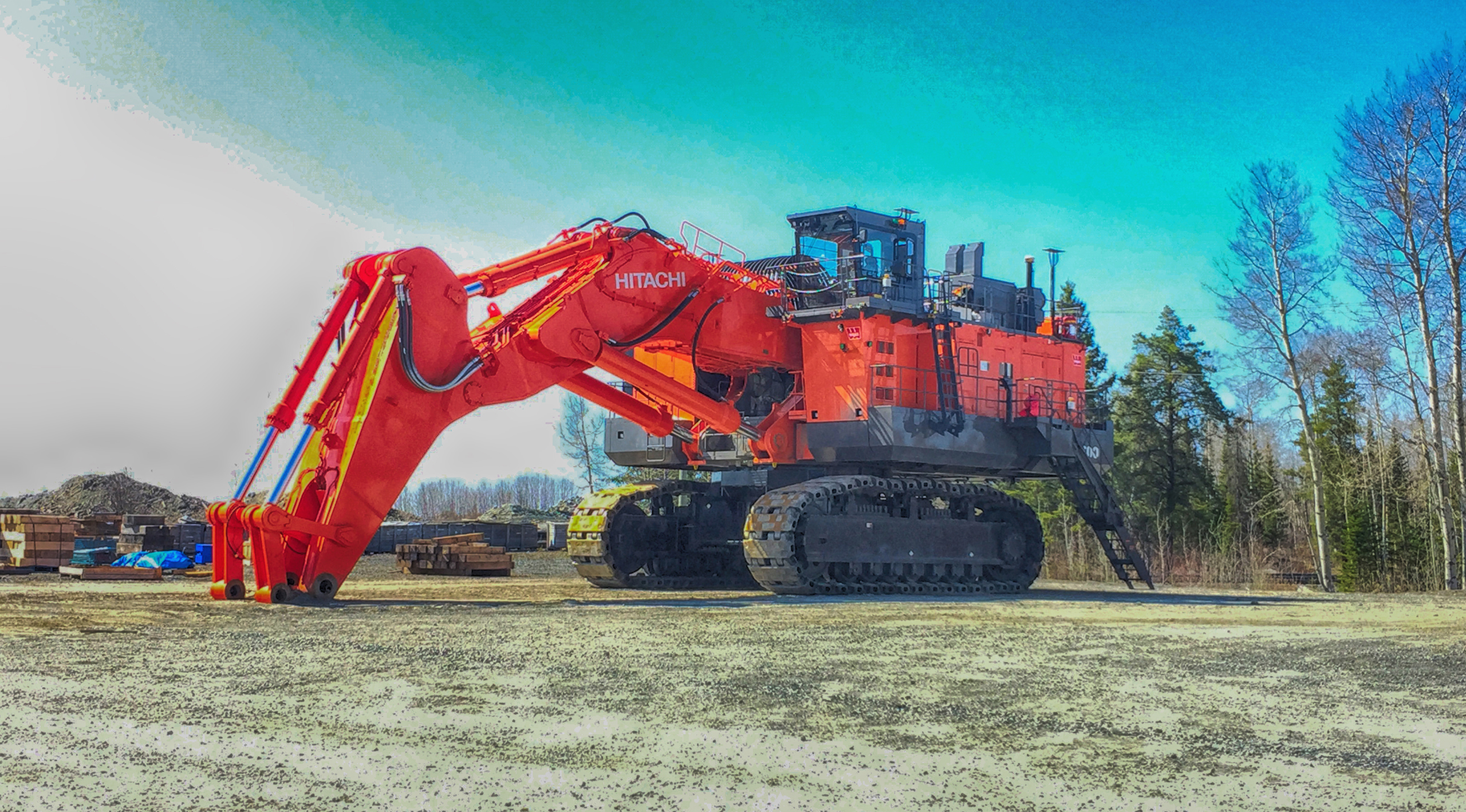ABSTRACT
The purpose of the case study is to examine the benefits of HARD-LINE’s Auto package for underground haul trucks. The article reviews the application of the technology for a client’s underground hauling system. The plan applied HARD-LINE’s technology to minimize operating costs and to bring additional value to an existing ramp design. The client approached HARD-LINE to automate a haul truck as part of its underground pilot project. The system would allow the truck to maneuver the mine’s 4.5 km ramp during shift changes with minimized human interaction. The option to teleoperate the truck is always made possible with HARD-LINE’s product, TeleOp.
INTRODUCTION
The client’s vision is for a generation of wealth through responsible mining and the integration of a digital reinvention of its mining operations. A digital transformation will aid the company in successfully achieving the mine’s safety, planning, and production goals.
The objective of the initiative is to prove how underground tele-remote and automation technology improves safety and productivity. Consequently, the mine trialed HARD-LINE’s TeleOp Auto system on a haul truck in its underground hauling operation.
CHALLENGE
The project aims to improve safety, by moving operators from the underground environment to the office space on the surface. The objective is to increase the throughput of the mine, by moving material during times when no material is being moved. Both directly contribute to the mine’s bottom line. The mine currently loses up to 2 hours of potential production time each shift. This lost time occurs during shift changes and blast cycles.
APPLICATION
HARD-LINE installed and commissioned a Teleop Operator Station on the surface of the mine to control the haul truck. The control room was situated approximately 100 m from the surface portal. The application allowed the client to trial the features and benefits of HARD-LINE’s Teleop Auto system while controlling the truck from a safe and distant location.
The unmanned vehicle was driven autonomously 4,500 m up the ramp, from an underground muck bay to the mine’s surface portal. The operator took control of the truck once it reached the surface, to park it near the entrance. The application was a step towards a 24/7 operation that is safe, efficient, and that could eliminate the downtime between shifts.
At the end of the trial period, the client identified possible opportunities at other sites and it was decided to move the TeleOp Auto Truck System to one of its other operations.
BENEFITS
HARD-LINE’s Teleop Auto system can minimize downtime. It allows the trucks to continue to transport material to the surface and travel to desired underground work zones. The autonomous solution presents minimal human interaction during shift changes and blast cycles. The operators are no longer required to travel underground or between work zones. Additionally, the system provides additional production time each shift. This contributes to efficiently sending more tons to the mill and significantly increasing the productivity of the operators during each shift.
HARD-LINE’s Teleop system can increases machine utilization by a minimum of 15% per day when used during shift changes and shortly after blasts. The mine’s underground ramp is the ideal environment to apply the autonomous system. It is the sole access to the underground working area and the primary pathway for moving material.
CONCLUSION
Autonomous and semi-autonomous vehicles are penetrating their way into the mining industry through HARD-LINE’s TeleOp and TeleOp Auto packages, which are readily available to mines around the world. Underground automation technology is keeping operators safe, increasing productivity, and drastically increasing the utilization of mine assets.
The trial application of HARD-LINE’s Teleop Auto system demonstrated the benefits of autonomous underground hauling operations.

